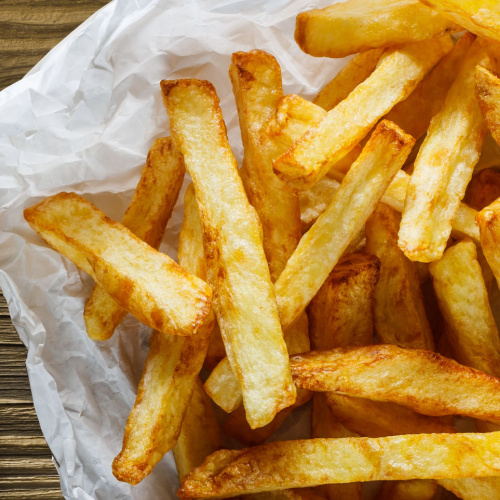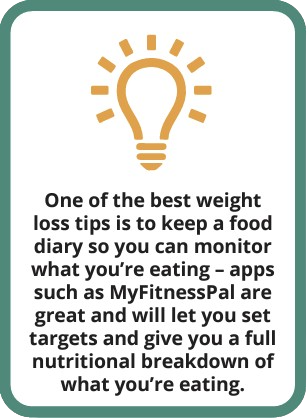Low fat/low calorie diet

Low fat/low calorie diet
This is a traditional approach to weight loss as it is based on general healthy eating principles with a focus on reducing total fat content. Fat contains more calories than any other nutrient (9kcal per 1 gram) so by reducing your fat intake, you will reduce your calorie intake too.
Reducing your intake of fat can also help lower your cholesterol levels, which if increased, can be a risk factor for developing heart disease.
Types of fat
A small amount of fat is an essential part of a healthy, balanced diet. Fat gives us energy, is a source of fatty acids and helps the body to absorb vitamins. The main types of fat are:
Saturated fat:
These are found in many foods, both sweet and savoury. Most of them come from animal sources, including meat and dairy, as well as some plant sources such as palm and coconut oil. You should limit your intake of saturated fat as they increase your cholesterol levels.
Unsaturated fat:
Mostly found in oils from plants and fish. If you want to reduce your risk of heart disease then you should reduce your overall fat intake and replace any saturated fats in your diet to unsaturated fat.
Mono & Poly Unsaturated fat:
Both are healthier types of fat and found in plant and animal foods such as salmon, olives, olive oil, nuts and avocado oil. These should replace saturated fat in your diet.
As a guide, men need around 2,500kcal a day to maintain a healthy body weight, and women need around 2,000 kcal a day.
Recommended daily allowance (kcal)
Low calorie daily allowance (kcal)

2500
1900-2000

2000
1400-1500
To lose 1–2 lbs (0.5 to 1 kg) per week you need to reduce your calorie intake by 500–600 kcal per day.
What does it involve?
Typically a low fat diet will include foods such as:

Wholegrain foods: Such as oats, wholegrain bread, pasta and rice.

Fish: White fish such as haddock or cod & oily f ish like salmon, mackerel and sardines.

Fruit & vegetables: Try and eat at least 5 portions of fruit & veg a day.

Lean meats: Choose meats such as skinless chicken, turkey and pork and beef with any visible fat trimmed off.

Lentils, beans & pulses: An important source of lean protein, low in fat and high in fibre.

Dairy: Opt for low fat varieties such as skimmed milk and reduced fat yoghurt and cheese.
What food should I avoid?

Animal fats: Foods that contain animal fat such as butter, cheese, cream, dripping and lard.

Processed foods: These include cakes, pastries, fast food, pies and convenience foods.

Red & processed meats: These tend to contain more saturated fats and include foods such as beef, sausages & bacon.

Fried food: Deep fried food adds to the fat and calorie content. This includes foods such as chips, chicken strips & cheese sticks.
Tips to reduce your fat intake

At Home
- Grill, bake or steam food rather than frying or roasting.
- Measure oil with a teaspoon to control the amount you use.
- Trim any visible fat from meat and take the skin off poultry before cooking.
- Reduce your meat intake by increasing the amount of vegetables or add beans or pulses to bulk out dishes.
- Use reduced fat spreads based on olive or sunflower oils instead of butter.
- Instead of beef mince, use turkey or quorn mince.
Eating out
- Ask for any dressings or sauces on the side so you can control how much you eat.
- Avoid anything described as ‘fried, sautéed roasted or crispy’ as it usually means they have been fried in oil.
- Choose tomato based sauces over creamy or cheesy sauces.
Food Shopping

Nutritional information can be found on the back or side of the packaging, and in the form of a traffic light system on the front of the packaging.

This labelling contains information of the amount of energy the food contains (measured in kJ or kcal), as well as the fat and saturated fat content per serving or per 100 grams.
Food labels


The figures in this table give you the reference ranges to help you understand whether a food is high or low in total and saturated fat.
If you would like a printable version of this resource, click here.

